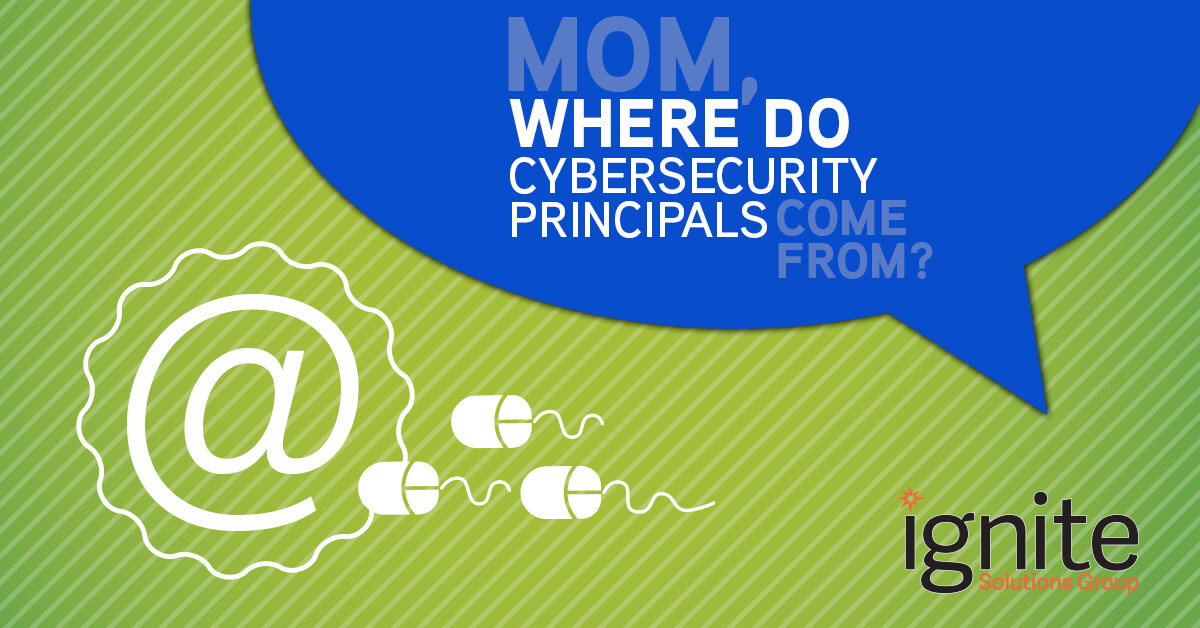If you’re not a technology expert, cybersecurity can feel just as confusing as trying to understand where babies come from when you were a kid. However, cybersecurity doesn’t have to be a pipe dream. The National Institute of Standards and Technology’s (NIST) Cybersecurity Framework (CSF) can help you take the first step toward understanding what cybersecurity is and how to protect your organization.
So, what exactly is the NIST CSF?
The NIST CSF is a set of guidelines and best practices for improving cybersecurity within organizations. This framework is designed to help organizations better manage and improve their cybersecurity programs. It is not a one-size-fits-all solution, but it can be customized to meet the specific needs of any organization regardless of size or industry.
The 5 Elements of NIST CSF
To get started, let’s understand the five functions of the CSF:
Identify This function asserts that it’s essential for organizations to recognize their cybersecurity risks before being able to attend to them. You must know your assets, systems, and data to accomplish this. You also must know who your users are and their respective roles.
You must also understand the business processes required to support critical missions and functions.
Protect To protect your organization’s data and systems, you need to have robust security controls in place. These controls should be designed to detect, prevent and mitigate attacks.
The security controls you implement will differ based on your specific needs, but some effective ones include firewalls, intrusion detection/prevention systems, and encryption. You can help protect your organization from cyberattacks by implementing necessary security controls.
If you don’t already have a mandate from a regulatory requirement, a good framework would be the Center for Internet Security’s (CIS) Critical Security Controls, version 8, Implementation Group 1.
Detect Organizations need to detect cybersecurity events quickly so they can take action and mitigate the risks. This starts with having complete visibility into your networks and systems and the ability to monitor events. You also need to have the tools and processes in place to respond to events quickly and effectively.
Respond An organization’s response to a cybersecurity incident can differ between a minor setback and a complete collapse. A well-executed response plan will help your organization minimize the damage of an incident and get back to business as quickly as possible.
Recover This element ensures that an organization can recover from a security incident quickly and effectively. This includes a recovery plan to restore lost data and get the systems back up and running. It is also critical to have a communications plan in place so that employees know what to do if an incident occurs.
Recovery is an essential component of any security program and is not to be overlooked. By planning ahead, you can help ensure your organization is ready for an incident.
An IT service provider can help
While the NIST CSF is a robust, comprehensive framework for cybersecurity, your business may not need to implement the entire framework. An IT service provider like us can help you choose the required principles from the CSF to apply to your specific use case.
Our experience and expertise are just what you need to protect your business from ever-growing cyber threats. Contact us today to set up a no-obligation consultation.
To learn more, download our infographic “Understanding the NIST Cybersecurity Framework for Your Business” by clicking here.
